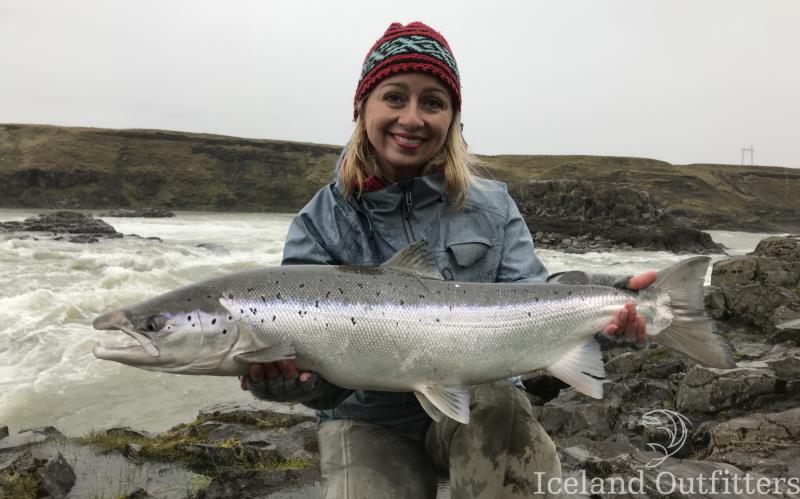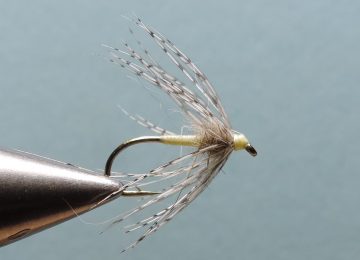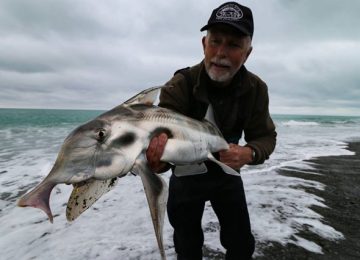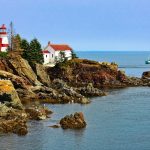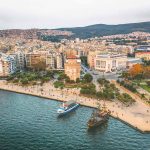Iceland is an island
You may already know that but if not – tadaaaa! It‘s an island in the north-Atlantic ocean. That fact is very important to the fishing in Iceland and I‘ll explain later. Because it is an island located so far north the climate and weather can be cold and wet. That is also important. We have glaciers, high and steep mountains and a very unhospitable central highlands where hardly anybody lives. I think I can even safely say – nobody lives. We have coastal towns and one city where most of the people live. So in short – we have a lot of space and only about 330.000 people living in that space. So…. it‘s very easy to get away from it all with your fishing rod and go fishing where you don‘t see a soul for days (and fairly easy to fish rivers that rarely see a person but that is another story).
But I‘m getting off track here. So an island in the north-Atlantic. Got that? But not only is Iceland an island, it is a volcanic island that is very young in geological terms (I better be careful with those big words as English is not my first language). A big part of the country is covered in relatively new lava and that is also very importand for fishing in Iceland.
Being a volcanic island in the north-Atlantic makes it so that it rains and snows quite a lot here. For the past few years us anglers would prefer a little bit more to keep water levels normal but that is a different story. Because the island is located this far north it rarely gets so hot for long periods of time that all this water (from rain and snow) evaporates. So we have a lot of water. A LOT!
We have plenty of both cold water and hot water and since we have glaciers we have an even bigger supply of water that just keeps coming. What is the one thing fish prefer above all? I‘d say that is water – right?
Plenty of water is not enough
That‘s right – its not. We need nutrients among other things for the habitat of fish to be feasible. And that is where the geology part kicks in (at least partially). But first a little about the water. As I said before we have all this space and very few people living here so we‘ve managed to keep our rivers relatively clean and free of pollutants. So the habitat for fish is clean. It‘s also buried in our culture to sustain the fisheries and so the first laws protecting our freshwater species was set in 1932 banning all fishing for salmon at sea by the Icelandic coast line. Since then the rules and regulations have been increased and made the fishing in Iceland what it is today (of course riddled with pros and cons – like everything in life).
Staying on course we are talking about the geology of the fishing in Iceland. A very important factor in all of this is the volcanic factor. Sure it has done some harm over the years but the fresh lava helps create some wonderful habitat for fish.
There is a so-called hot spot right underneath Iceland and it can be described as a volcanic „belt“ that runs across the middle of the country from south to north. This is what we call the volcanic area and this is where the most active volcanoes are. On the south coast we have the glaciers as well and there the „Fire & Ice“ aspect of things is most visible.
One other thing about us being an island is the lack of variety in species (I have the Icelandic words for this one but not the English so I hope you understand). For example we “only” have trout (brown trout and sea run), Atlantic salmon and Arctic char (resident and sea run) as the freshwater sportfish (then we have eel and two kinds of stickleback but those are not sought after sportfish).
So a little bit about those species of sportfish in Iceland. As a rule of thumb the salmon like the fastest and warmest water, the brown trout like it a bit slower and a bit colder and the char like it the slowest and coldest. Char are also the ones that an endure the roughest conditions. Needed to be said.
Brown trout fishing in Iceland
Because of frequent volcanic eruptions over the years a big part of the land on the volcanic belt is covered in lava. In some parts you don‘t notice it because we‘ve done a good job in growing grass in these areas but the rock is soft and water is able to seep through and form underground reservoirs. In some parts that water get‘s warm due to the closeness to the hot lava underground but in other parts the water stays cool. The most important part in all this is the nutrients the water picks up from the lava making the water very good for insects.
That water then gets pushed up onto the surface of the ground and that is what we call spring creeks and rivers. Examples of these rivers are the Sog River in the south of Iceland, the West Ranga River, the Minnivallalaekur and Galtalaekur as well as the Litla River and Laxa Myvatn River in the north. These rivers on the volcanic part of Iceland are perfect habitat for brown trout and in some cases salmon as well.

